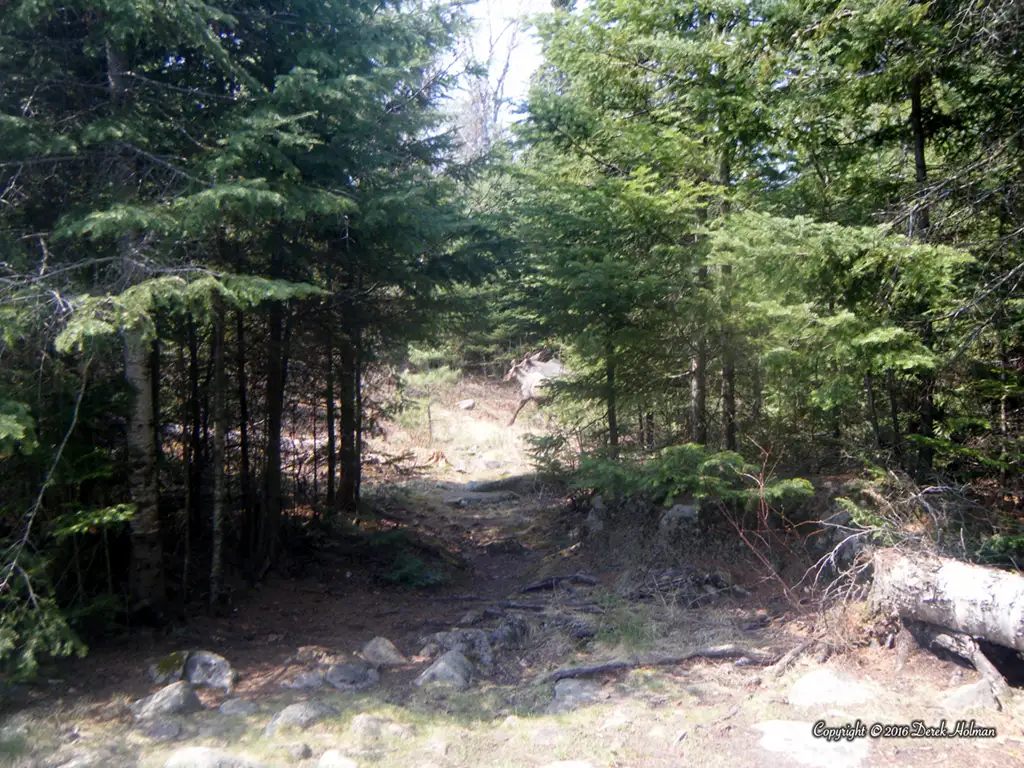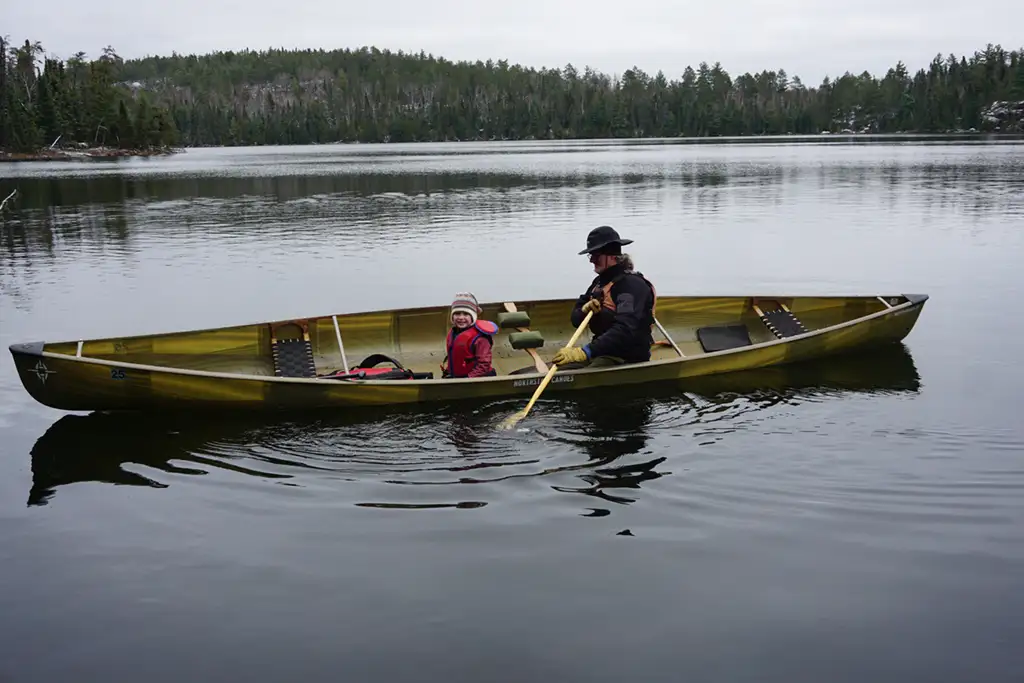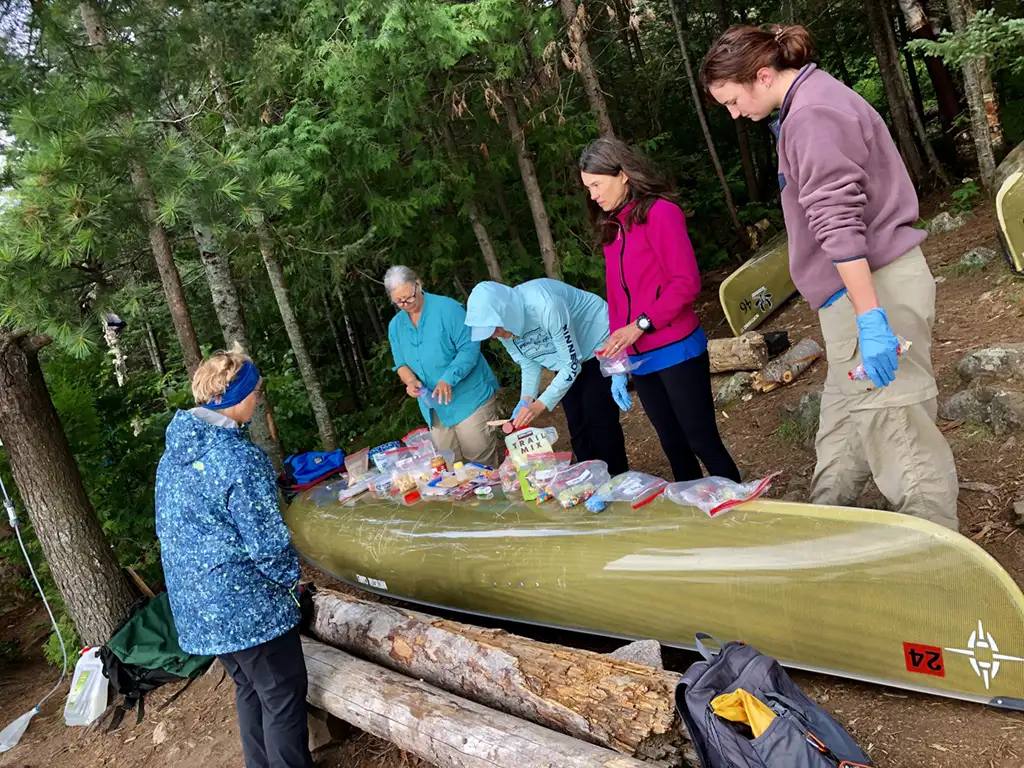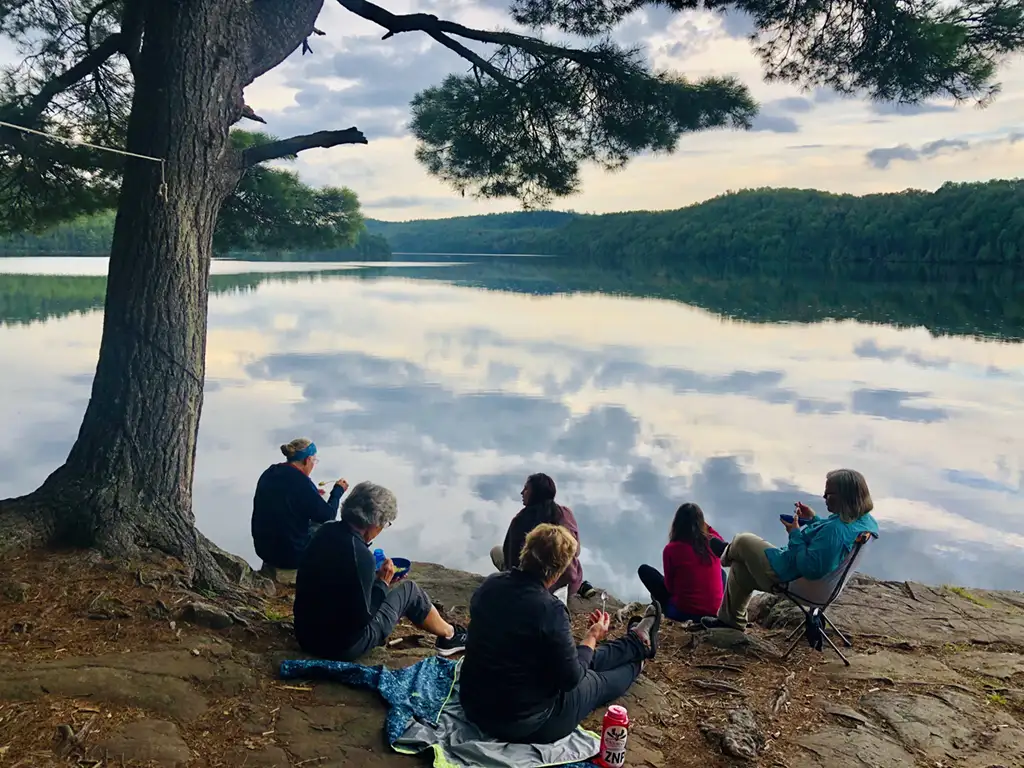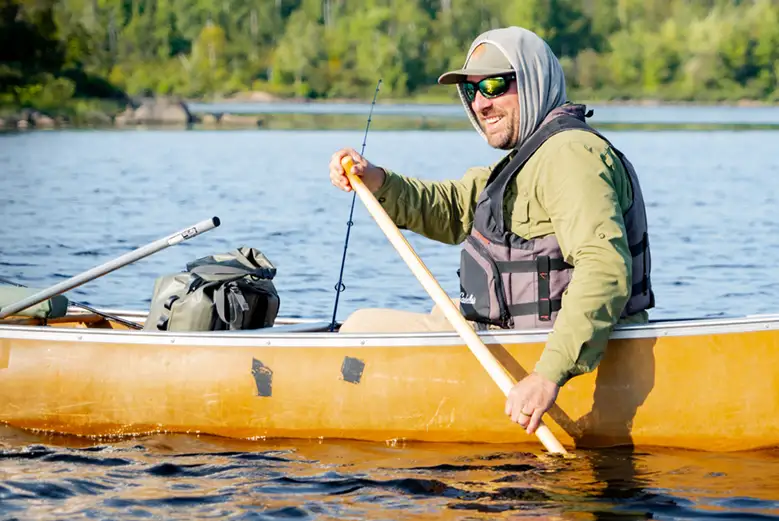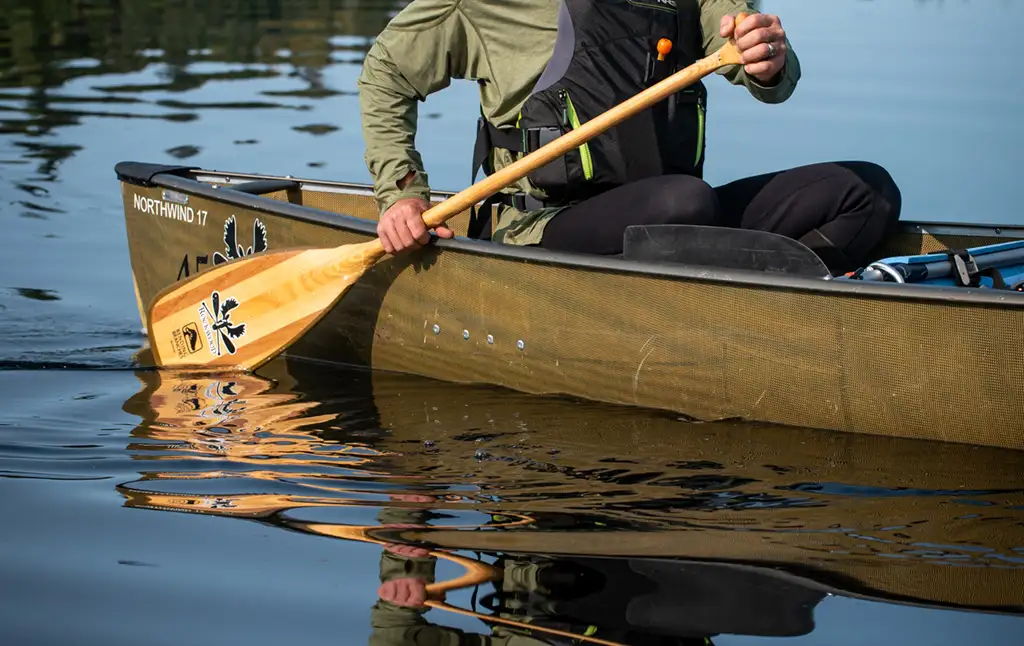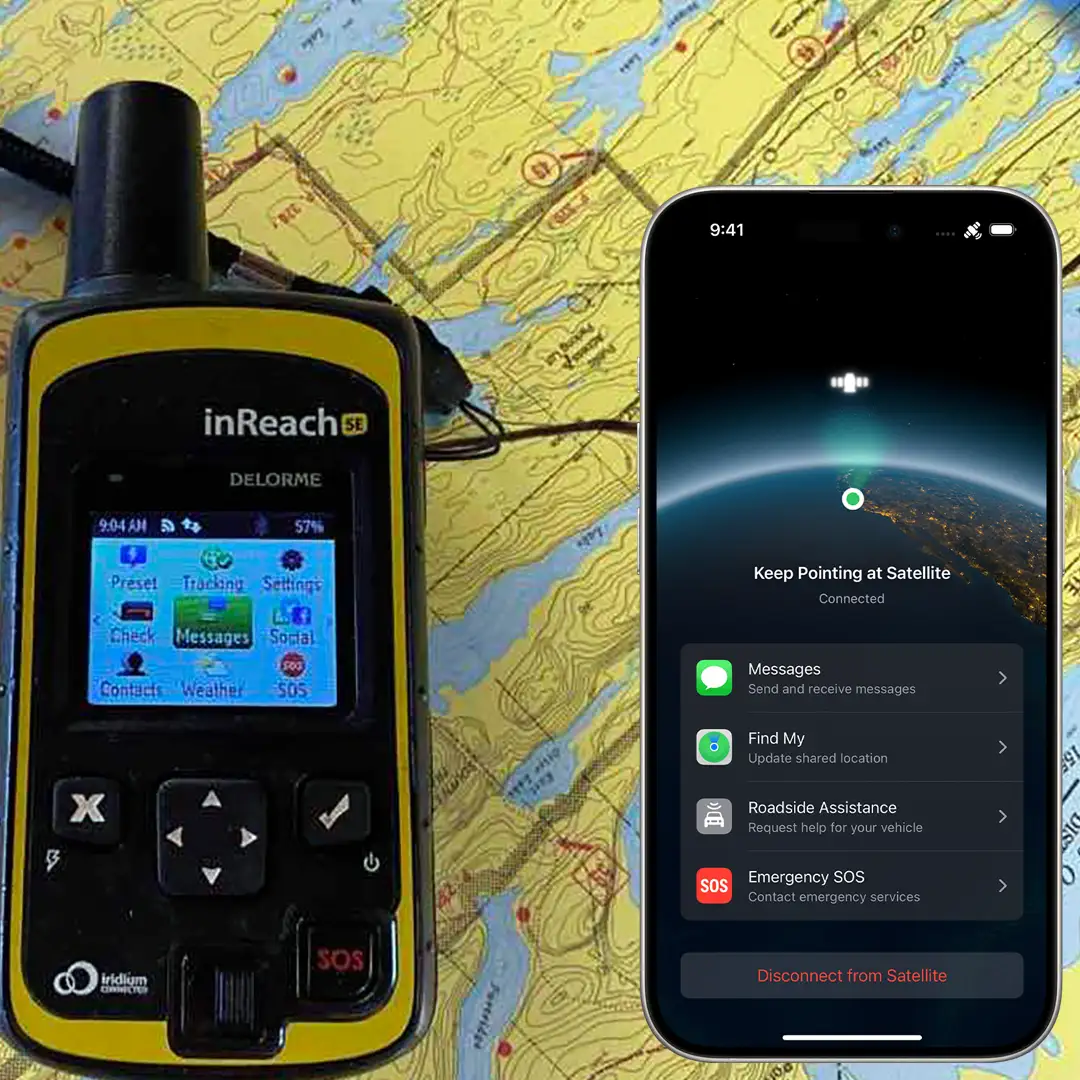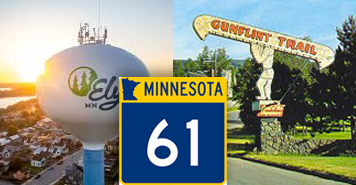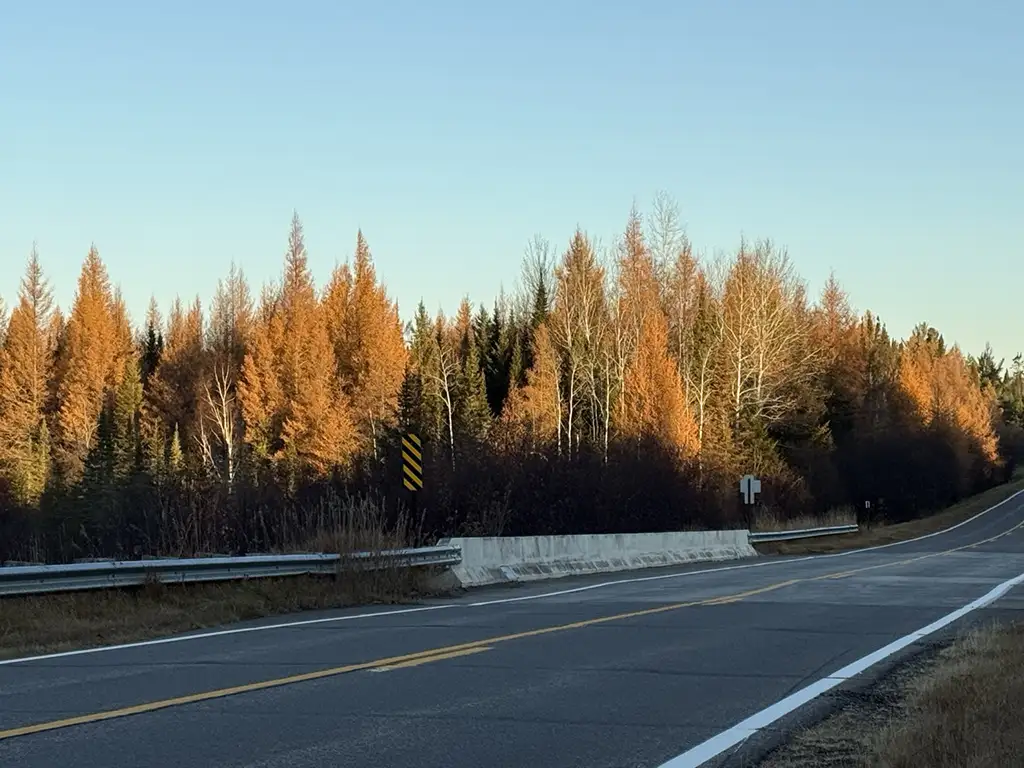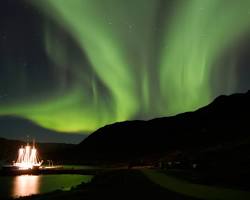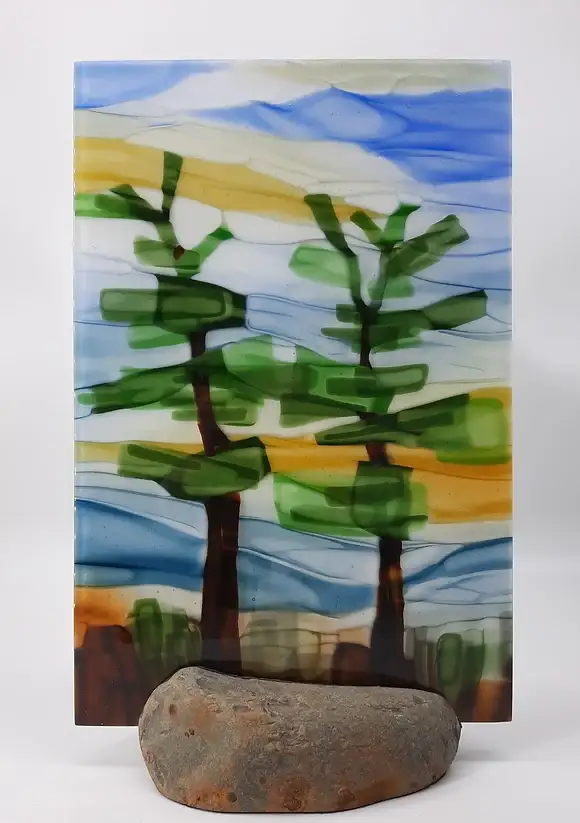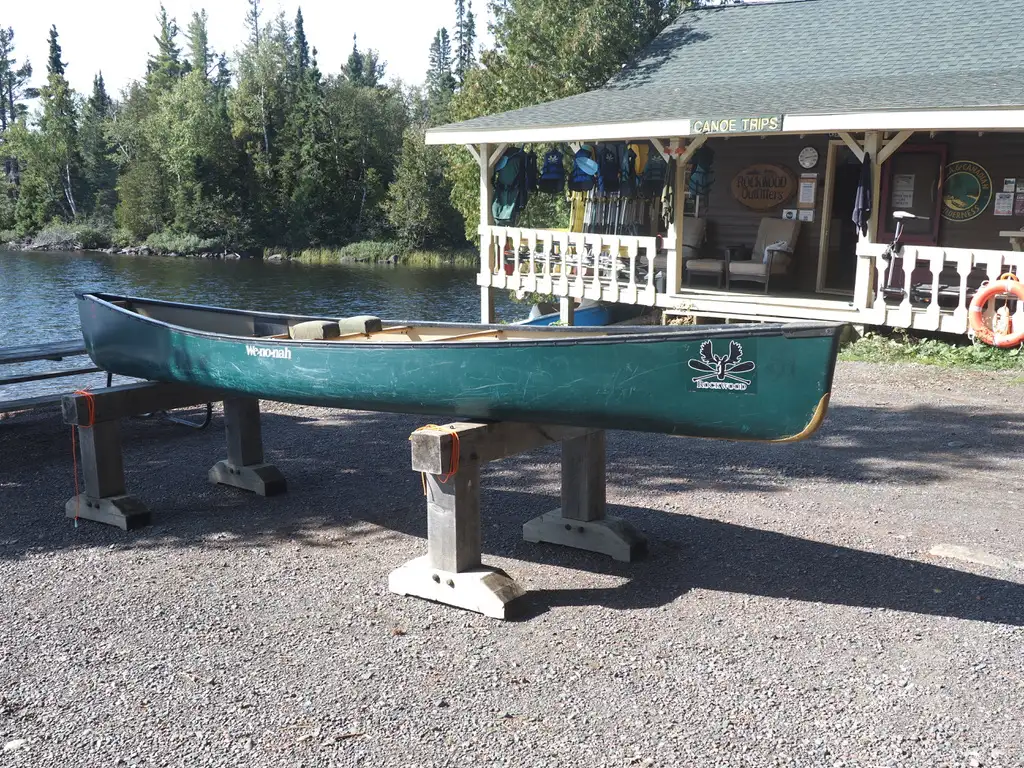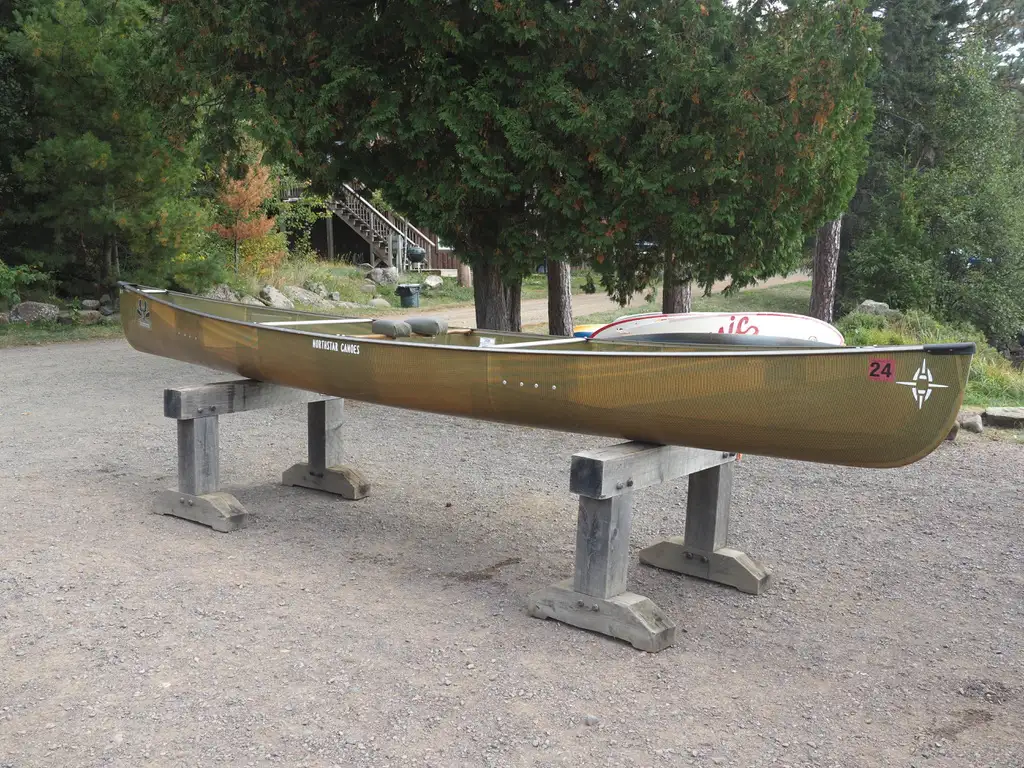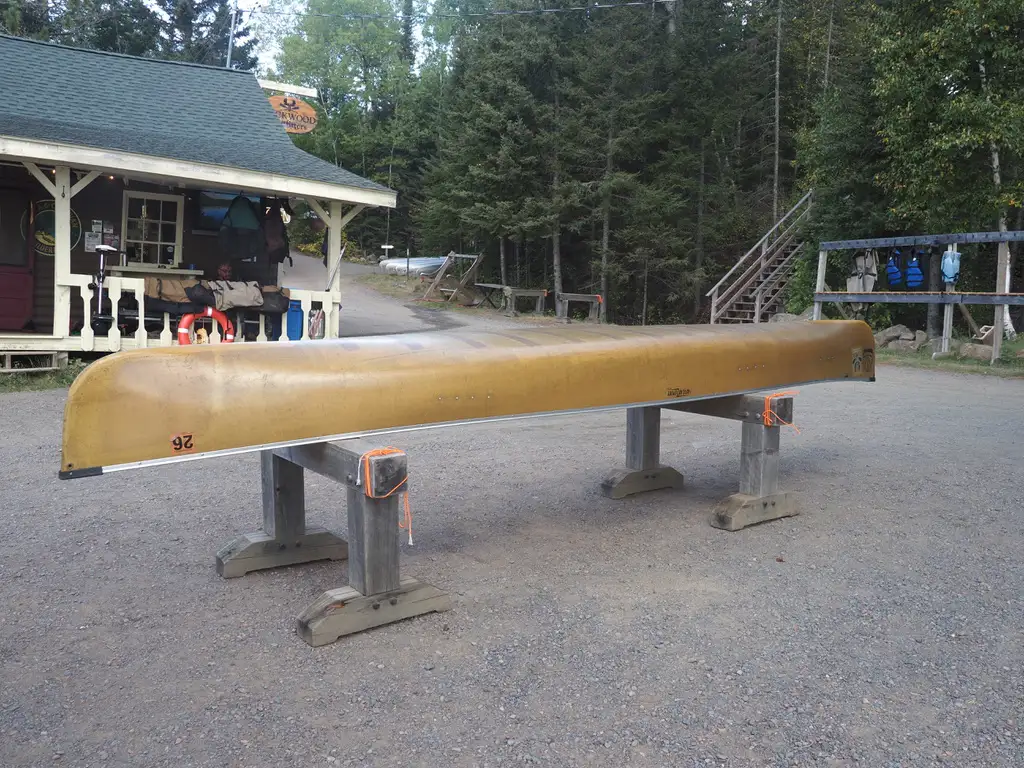Low Snow And Warm Temperatures Tempt The Intrepid Into The BWCAW
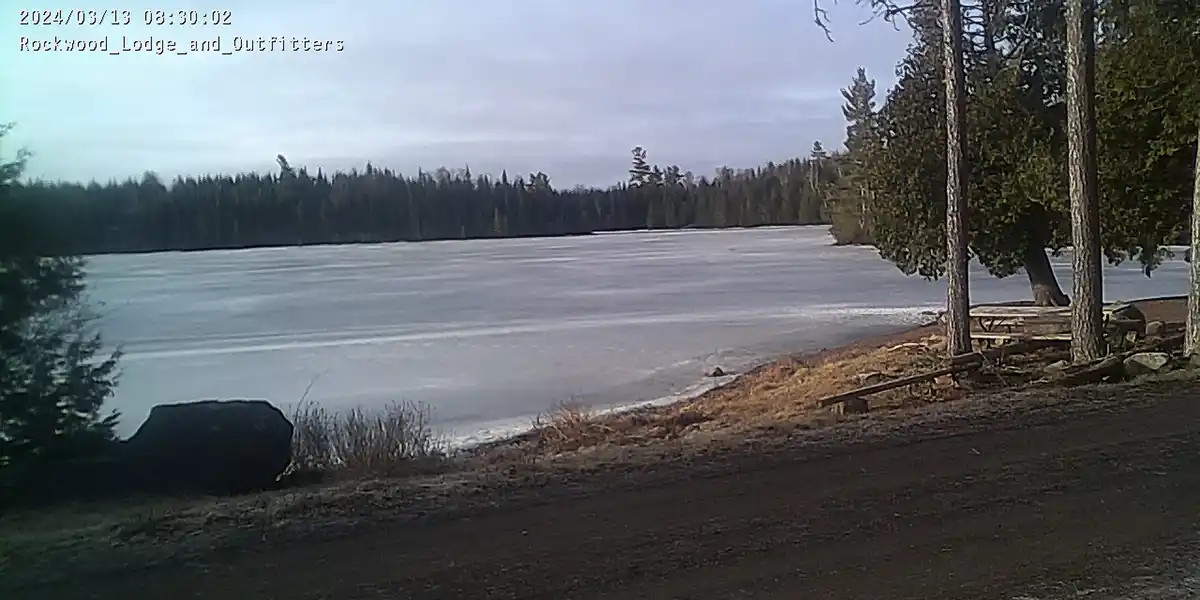
—
Low snow Spring 2024
As the winter of low snow and unseasonably warm temperatures have brought March in like a lamb, many intrepid BWCAW adventurers are thinking about an early trip. And why not? Cool temperatures, no bugs, and few fellow travelers make an early trip almost irresistible.
On social media sites dedicated to the BWCAW, we notice that warm, sunny, late winter days south of us boost online conversations about early canoe trips. Indeed, the minimal snowfall we’ve had can make an early wilderness hike into the wilderness reasonably safe. But an early canoe trip may have you contending with some things; we still have lake ice. And during the ice out, water temperatures are very, very cold. Tumbling into a lake or river in July or August will be bracing, but doing that early in the season could easily prove fatal. With ice-out water temperatures hovering at 40 degrees or lower, hypothermia will, within minutes, lead to exhaustion or loss of consciousness.
Ice out
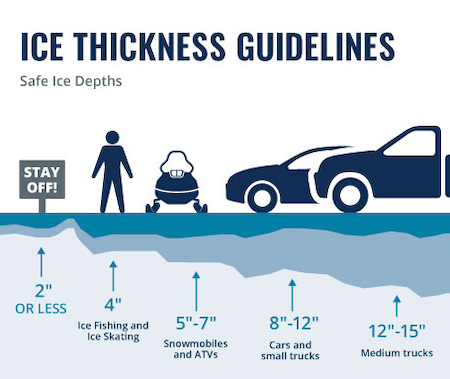
The earliest ice out we’ve seen here at Poplar Lake was in late April, with other resorts on the Gunflint Trail remembering ice-out as early as the first week of April. An average year’s ice out is usually a day or two before the Minnesota sport fishing opener. On March 13th, the ice on Poplar was 17” thick and solid. 18″ is the thickest ice we’ve recorded this season, but again the low snow total creates uncertainty.
Without a heavy blanket of snow over the ice this year, we predict ice out either early or mid-April. Even when the ice starts breaking up, and a lake seems open, you could encounter unforeseen obstacles. As the ice breaks up, it can, and often does, drift into and build up in an essential part of the lake. Here at Poplar Lake, the shoreline at the portage into the Lizz Lake entry point can be jammed with sheets of ice, forcing a lengthy detour.
We know that getting out of the office and the traffic jams inspires hardcore wilderness canoeists to visit the BWCAW for a few days. Before May 1, one only needs a self-issued permit, after which a reserved quota permit is required.
As your outfitters, we’re here to help you get out there as soon as you’re ready. But not before we offer some words of caution.
- Plan for the worst weather. Recently, temperatures up here have fluctuated between 30 and 40 degrees Fahrenheit between breakfast and dinner. After an afternoon of shirtsleeve paddling at 55 degrees, it could be well below freezing when the sun comes up. Bring warm clothes and an extra set in case you get rained on one day. Before you enter, make sure to check the weather forecasts. They’re right more than wrong, so make sure you know what to expect.
- Be ready to encounter ice. Each lake reaches full ice out in its own time. And open water doesn’t mean ice is completely out. Not all canoes are built for the bumps and grinds that come with passing through ice. Make sure the canoe you take out is sturdy and made for river canoeing. Heavy aluminum canoes and those built with Innegra are designed for good shock and abrasion resistance. The last thing you will want to fail on your early season canoe trip is the canoe.
- Our best advice is to stay away from ice. It’s hard on the hull and hard on the paddle. Even just riding up a little bit on the ice will upset the equilibrium of your craft, dumping you or your paddle partner into very cold water.
- Water safety is important enough to stress with every guest we outfit for a canoe trip. It is even more critical on an early-season outing. Although the water is not frozen over, it doesn’t mean that it isn’t ice cold. Our best advice is to stay out of the water, but our second best advice is to always, yes, always wear a personal flotation device. Accidents happen; if you go into the water without a PFD, it will be too late to get one.
- Have a plan in place for a worst-case scenario with your entire party. If there is a capsize, do not panic. The initial shock of the cold water is brutal, so it takes a few seconds to get your bearings. Keep your face above water and stay with your craft. Get to shore as quickly and calmly as possible. Plan how everyone in your group will react to this, and even practice recovery before your trip.
- We can’t stress enough that PFDs save lives, no matter the time of year, especially after ice out. Even Carl Madsen here at Rockwood wears a PFD when he is out on Poplar Lake ice to measure its thickness when it’s less than a foot thick. We’re not saying he doesn’t complain about having to do it, but do it he does.
- Fire risk is high. We’ve had an unusually light snowfall this season, and current forecasts aren’t optimistic that we’ll see much more over the next several weeks. Last summer’s rainfall was pretty weak as well. Do not have open fires on your early-season trip.
- Focus on personal safety. The early season is no time for excessive risks. A GPS or satellite device can help search and rescue crews locate you if needed. Plan your route and follow your plan. And make sure someone on the civilized side of the wilderness knows your route.
- Please avoid injury or illness on your Spring canoe trip. But if the worst happens, search and rescue personnel will aid you. Remember, ice conditions, spring washouts of access roads, windy weather, and storms are more common in the Spring and could delay rescuers.
Finally, ensure you or someone you’re with are experienced wilderness canoeists. The cool, safety-conscious head of experience will make an early-season canoe trip happy and fulfilling.

